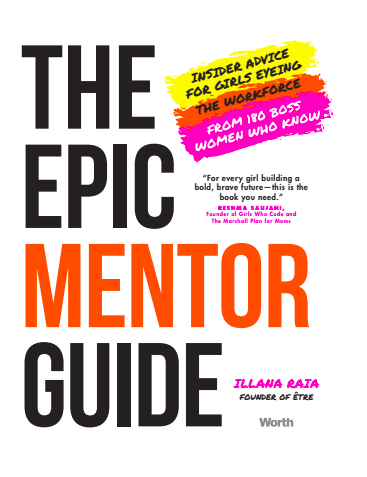 Epic mentors include Tyra Banks, Bobbi Brown, Hoda Kotb and more
Epic mentors include Tyra Banks, Bobbi Brown, Hoda Kotb and more
NEW YORK, NY –Imagine if you found the perfect mentor before you actually started work? Now imagine you could ask her anything. “The Epic Mentor Guide” (Forefront Books / Simon & Schuster, March 15, 2022) matches questions from girls eyeing and entering the workforce with answers from 180 boss women already there.
Featuring wisdom from women in a wide-range of fascinating fields – think astronauts and news anchors, CEOs and surgeons, engineers and Olympians, Wall Street wizards and world-renowned chefs, fashion designers and award-winning film directors – “The Epic Mentor Guide” is a first-of-its-kind mentorship book that connects girls with their perfect mentor, answers their pressing questions, and empowers them to reach their potential.
Hear from . . .
Angela Duckworth … on Getting Your Grit Together
Anita Bhatia … on Applying UN Goals to Personal Goals
Blake Bolden … on Breaking Glass Ceilings With a Hockey Stick
Carly Zakin & Danielle Weisberg … on Skimming Over the Trap of Expectations
Lilly Ledbetter … on Negotiating Tips From an Equal Pay Icon
Sudi Green … on Getting Your First Sketch on SNL
“The Epic Mentor Guide”
Illana Raia | March 15, 2022 | Forefront Books, Simon & Schuster | Young Adult, Nonfiction
Hardcover | ISBN: 9781637630495 | Price: $19.99
Praise for The Epic Mentor Guide…
“As we strive to create a more equitable workplace for our post-pandemic future, it is vital that we inspire the next generation of leaders with early access to mentors. The Epic Mentor Guide brings girls behind the scenes and into boardrooms at exactly the right time. For every girl building a bold, brave future – this is the book you need.”
–RESHMA SAUJANI, Founder of Girls Who Code and The Marshall Plan for Moms
“This is a ‘must read, follow on social media and re-read’ for any next gen mogul taking stock of today’s job market. The Epic Mentor Guide is packed with practical and empowering advice from a diverse group of innovators, executives, authors, astronauts, and more! It will inspire girls everywhere to seek mentor advice early and often as they reach their potential.”
–TIFFANY PHAM, Author of You Are A Mogul, and Girl Mogul, Founder & CEO, Mogul
“See the invisible and do the impossible! Illana Raia has done it again with her 2nd brilliant mentorship book for girls, The Epic Mentor Guide. What makes this book so unique is how it lays out actionable advice while offering a comprehensive overview of so many industries. Reading The Epic Mentor Guide is like experiencing a turbo internship across 180 career topics at the coolest companies. Every girl thinking about her career needs to read this.”
–CLAUDIA CHAN, Creator of S.H.E. Summit & The Whole-Life Leadership Method
“What I love most about this book is the array of phenomenal women who have lined up to share wisdom and offer advice to the next generation on topics ranging from skills and strategies, entrepreneurship and leadership, grit, guts and goals! The Epic Mentor Guide – 180 women deep – is an empowering read at any age, but particularly for today’s rising young scientists and STEM leaders.”
–JAYSHREE SETH, 3M Corporate Scientist and Chief Science Advocate
“The Epic Mentor Guide gives young women a powerful guide to take the next best steps in their leadership journeys while also providing role models and support systems to drive their passion further. As someone unconventional interested in the STEM field, it is easy for ideas and abilities to be overlooked. With the incredible real-world experience that this book shares, it helps all girls recognize that they also have the potential to create change in today’s society.”
–GITANJALI RAO, STEM Promoter, Young Innovator, and TIME’s First-Ever Kid of the Year
 About the author
About the author
ILLANA RAIA: Recently named one the first 250 entrepreneurs on the Forbes Next 1000 List, Illana Raia is the founder and CEO of Être – a mentorship platform for girls. Believing that mentors matter early, Illana brings girls directly into companies they choose (Spotify, Google, YouTube, NYSE…) to meet female leaders face to face.
Illana is a member of the International Space Station National Lab Education Subcommittee, serves on the National Girls’ Collaborative Champions Board, and has authored 60+ articles for HuffPost, Ms. Magazine and Thrive Global. Her award-winning book Être: Girls, Who Do You Want To Be? was released on Day of the Girl 2019, featuring wisdom from 40 luminary women like Arianna Huffington, Debra Messing and Reshma Saujani alongside quotes from 50 girls.
Prior to launching Être in 2016, Illana was a corporate attorney at Skadden Arps in NYC and a guest lecturer at Columbia University. She graduated from Smith College and the University of Chicago Law School, and remains unapologetically nerdy.
Follow Illana Raia and Être on social media:
LinkedIn: @illanaraia | Twitter: @illanaraia | Instagram: @illanaraia
Facebook: @etregirls | Twitter: @etregirls | Instagram: @etregirls | TikTok: @etregirls
In an interview, Illana Raia can discuss:
- How she started Être, and why early mentorship is crucial for girls
- Why she encouraged girls to ask their own questions, and what surprised her most about the mentors’ answers
- The struggles and innovative successes of today’s female leaders
- How the advice in this book can help women who are pivoting careers
- How “The Epic Mentor Guide” builds a pipeline for girls into the workforce
An Interview with Illana Raia
1. Who were your mentors?
I’ve been so fortunate to have tremendous mentors throughout my career! My grandmother graduated from law school in 1936, and watching her in court when I was young made me sure I wanted law school. Professors I had at Smith College and The University of Chicago Law School lit the way forward, and my first mentor when I practiced mergers & acquisitions was the youngest partner my law firm had ever made. But the women I have met since founding Être, leaders in their fields and founders in every sense of the word, have mentored me in ways I can never repay.
2. What inspired you to start Être, and how did this book come about?
When I was practicing law and my daughter was in middle school, I realized she did not know what I did every day. More than that, she did not know what my group of ridiculously accomplished friends did every day! I started Être (which, in French, means to be), to bring young girls face to face with inspiring role models. This book came about after we started being invited into companies to meet female leaders. I was blown away by the questions the girls were asking! Moreover, the women we met answered every question with such candor, wit and wisdom that all I could think was Every girl should be doing this. So I kept a list of questions asked at company visits, and then added a survey and an email Q&A, asking girls across the globe what they wanted to know about the work world. What happened next was astounding. As fast as the questions came in I started reaching out to women in the relevant companies or industries – and their answers did not disappoint! Over the course of the next year, a virtual conversation ensued between girls eyeing the workforce and the women already there.
3. What types of questions did you get from today’s girls?
The questions we received were substantive and specific in nature: How can I become an animator at Pixar? Can TikTok be used for networking? How did you land an interview with SpaceX? Do cover letters even matter? Am I allowed to ask about inclusion in an interview? What’s one thing no one knows about working at Google? I think the authenticity of the questions was a huge reason these women answered; they remembered what it felt like on their first day at work, and told us repeatedly I wish I’d had this when I was starting out!
4. What are some of your favorite pieces of advice in the book?
I love how TheSkimm founders, Carly Zakin and Danielle Weisberg talked about avoiding the trap of expectations, and hearing about what astronauts like Anna Fisher (the first mom in space), Cady Coleman and Jennifer Scott Williams want today’s girls in STEM to remember. I loved reading that celebrity make-up artist Steph Aiello was encouraged by Tyra Banks to pursue her dream despite a physical disability, in part because Tyra Banks is also in the book (talking about why we should over-prepare for meetings)! The idea that even the mentors have mentors thrilled me. I was moved by what icons like Lilly Ledbetter said about salary negotiations, what Sudi Green said about getting a sketch on SNL and what Dawn Porter said about leaving the law to make movies with Oprah. Every time I flip the book open, I find a new favorite!
5. How does “The Epic Mentor Guide” build a pipeline for girls into the workforce?
The book is building a pipeline by following the same model I used to build Être – we go where the girls ask to go, so they can find answers to their questions. The companies in this book represent brands the girls already love, platforms they use constantly, and organizations where they see themselves working someday. Add to that the fact that every woman in the book offered her preferred social media handle so girls can follow her in real time and in real life. When an exec at LinkedIn said connect with me, or a pop musician wrote DM me or a federal judge gave girls her email, I knew that we were creating more than a static collection of mentor advice. This is a pipeline that will grow with today’s girls.

A former award-winning journalist with national exposure, Marissa now oversees the day-to-day operation of the Books Forward author branding and book marketing firm, along with our indie publishing support sister company Books Fluent.
Born and bred in Louisiana, currently living in New Orleans, she has lived and developed a strong base for our company and authors in Chicago and Nashville. Her journalism work has appeared in USA Today, National Geographic and other major publications. She is now interviewed by media on best practices for book marketing.
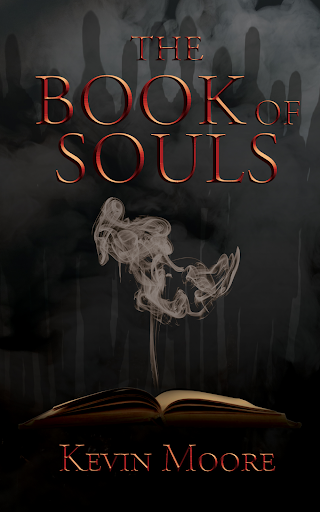 Los Angeles, CA – Step into this spellbinding paranormal thriller as 40-something Jack Kelly travels into his 13-year-old self with the sudden ability to interact with the dead and battles demons. The first half of a duology, The Book of Souls (March 8, 2022, Books Fluent) is based on true events in Kevin Moore’s life and his ability to use lucid dreaming to speak with his passed loved ones. Foreword Clarion Review says, “An eerie tone permeates the entire story, with even mundane events feeling off-kilter. The whole cast seems to have multiple personas, all tinged with darkness.”
Los Angeles, CA – Step into this spellbinding paranormal thriller as 40-something Jack Kelly travels into his 13-year-old self with the sudden ability to interact with the dead and battles demons. The first half of a duology, The Book of Souls (March 8, 2022, Books Fluent) is based on true events in Kevin Moore’s life and his ability to use lucid dreaming to speak with his passed loved ones. Foreword Clarion Review says, “An eerie tone permeates the entire story, with even mundane events feeling off-kilter. The whole cast seems to have multiple personas, all tinged with darkness.”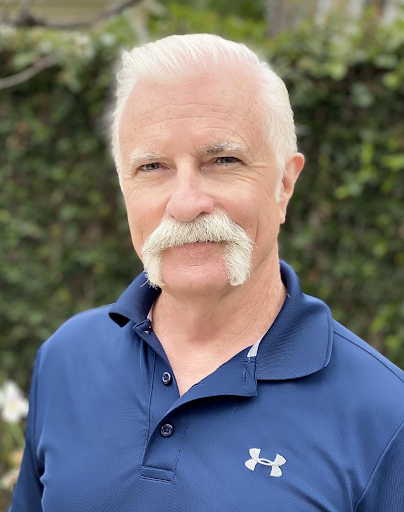 More about KEVIN MOORE
More about KEVIN MOORE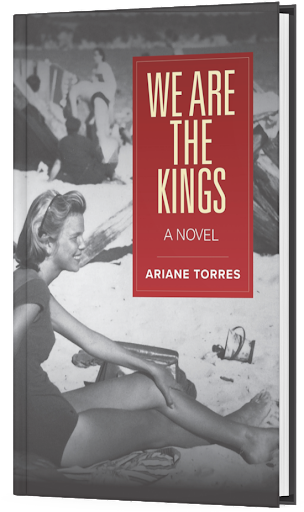 Non-linear, character driven story about resilience is perfect for Nicole Krauss fans
Non-linear, character driven story about resilience is perfect for Nicole Krauss fans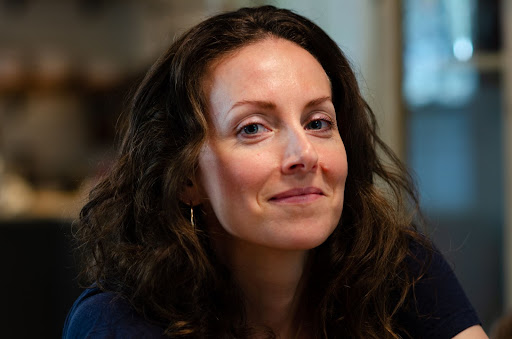 More about Ariane Torres
More about Ariane Torres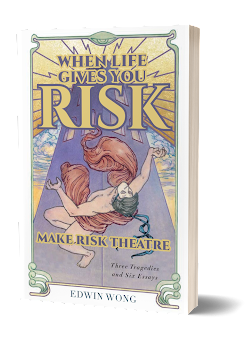 in Wong continues exploring risk, chance and the unexpected in his newest book, When Life Gives You Risk, Make Risk Theatre (Friesen Press, June 7, 2022).
in Wong continues exploring risk, chance and the unexpected in his newest book, When Life Gives You Risk, Make Risk Theatre (Friesen Press, June 7, 2022).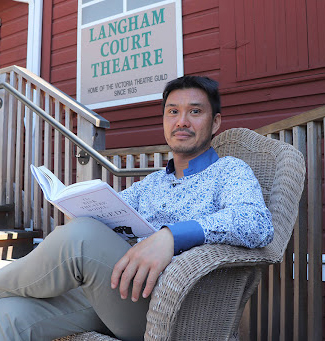 EDWIN WONG is a classicist and theatre researcher specializing in the impact of the highly improbable. He has been invited to talk at venues from the Kennedy Center and the University of Coimbra in Portugal to international conferences held by the National New Play Network, the Canadian Association of Theatre Research, the Society of Classical Studies, and the Classical Association of the Middle West and South. His first book, The Risk Theatre Model of Tragedy (2019) is igniting an international arts movement. He was educated at Brown University and lives in Victoria, Canada. Find out more about him at
EDWIN WONG is a classicist and theatre researcher specializing in the impact of the highly improbable. He has been invited to talk at venues from the Kennedy Center and the University of Coimbra in Portugal to international conferences held by the National New Play Network, the Canadian Association of Theatre Research, the Society of Classical Studies, and the Classical Association of the Middle West and South. His first book, The Risk Theatre Model of Tragedy (2019) is igniting an international arts movement. He was educated at Brown University and lives in Victoria, Canada. Find out more about him at  How organic farming, local politics, and romantic entanglement crop up in compelling dual detective mystery
How organic farming, local politics, and romantic entanglement crop up in compelling dual detective mystery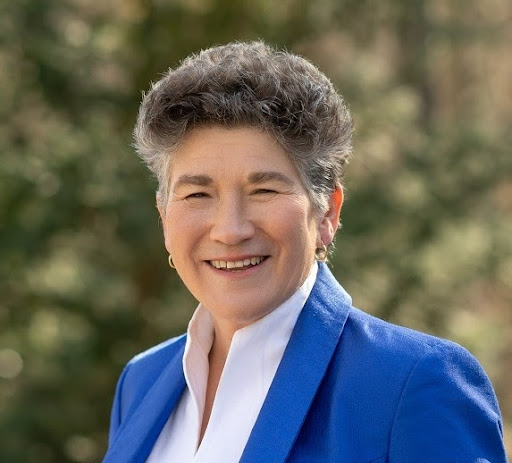 More about Kim Hays: Kim Hays lives in Bern with her Swiss husband and is a dual citizen of Switzerland and the US. She grew up in San Juan, Vancouver, and Stockholm, and has lived all over the States. Since her teens, Hays has worked in a variety of jobs, from forewoman in a truck-engine factory to lecturer in sociology to cross-cultural coach for multinational firms. Writing remained in the background until her son left for college, when she decided to try to write a novel. Pesticide, the first mystery in her Polizei Bern series, is the result. It was shortlisted for the 2020 Debut Dagger award by the Crime Writers’ Association. Hays has a BA from Harvard and a PhD from the University of California-Berkeley. Find out more about her at
More about Kim Hays: Kim Hays lives in Bern with her Swiss husband and is a dual citizen of Switzerland and the US. She grew up in San Juan, Vancouver, and Stockholm, and has lived all over the States. Since her teens, Hays has worked in a variety of jobs, from forewoman in a truck-engine factory to lecturer in sociology to cross-cultural coach for multinational firms. Writing remained in the background until her son left for college, when she decided to try to write a novel. Pesticide, the first mystery in her Polizei Bern series, is the result. It was shortlisted for the 2020 Debut Dagger award by the Crime Writers’ Association. Hays has a BA from Harvard and a PhD from the University of California-Berkeley. Find out more about her at 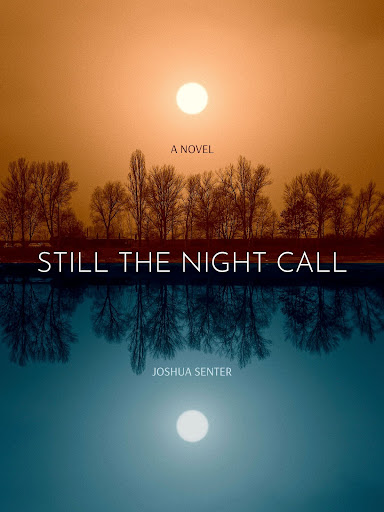 Named BEST INDIE BOOK OF 2021 by Kirkus Reviews
Named BEST INDIE BOOK OF 2021 by Kirkus Reviews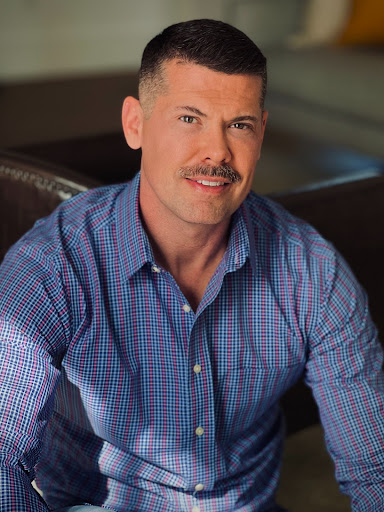 Joshua Senter was raised in the Ozark Mountains of Missouri where he was homeschooled along with his four sisters on a five hundred acre cattle farm. Josh moved to Los Angeles in 1997 and three years later, received a bachelor’s degree in filmmaking from Art Center College of Design in Pasadena, California, along with Ninth Term Honors.
Joshua Senter was raised in the Ozark Mountains of Missouri where he was homeschooled along with his four sisters on a five hundred acre cattle farm. Josh moved to Los Angeles in 1997 and three years later, received a bachelor’s degree in filmmaking from Art Center College of Design in Pasadena, California, along with Ninth Term Honors.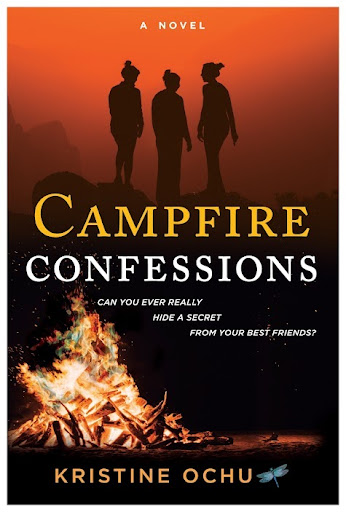 Sex and the City meets Eat Pray Love in secret-spilling, soul-searching novel
Sex and the City meets Eat Pray Love in secret-spilling, soul-searching novel About the author…
About the author…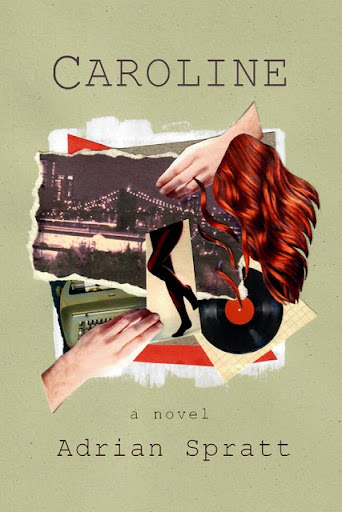 Author pulls from experience with law, blindness in propulsive new literary thriller
Author pulls from experience with law, blindness in propulsive new literary thriller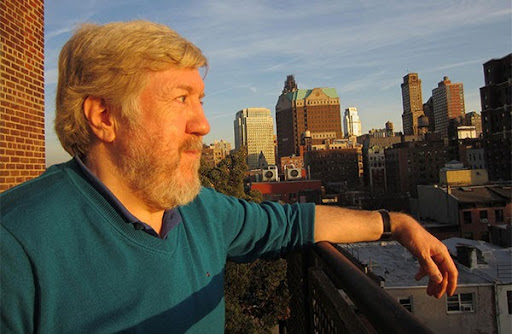 More about ADRIAN SPRATT
More about ADRIAN SPRATT DENVER, Colorado – In her new memoir – which has been praised by FBI agents, documentarians and even family members of the infamous Unabomber – author Jamie Gehring provides a haunting account of the 16 years she and her family lived closer than anyone to Ted Kaczynski, the Unabomber, sharing their Montana land, their home, and their dinner table with a hermit who had a penchant for murder. “Madman in the Woods” (April 19, 2022, Diversion Books) is Gehring’s investigative quest 25 years later to reclaim a piece of her childhood by answering the questions: why, how?
DENVER, Colorado – In her new memoir – which has been praised by FBI agents, documentarians and even family members of the infamous Unabomber – author Jamie Gehring provides a haunting account of the 16 years she and her family lived closer than anyone to Ted Kaczynski, the Unabomber, sharing their Montana land, their home, and their dinner table with a hermit who had a penchant for murder. “Madman in the Woods” (April 19, 2022, Diversion Books) is Gehring’s investigative quest 25 years later to reclaim a piece of her childhood by answering the questions: why, how?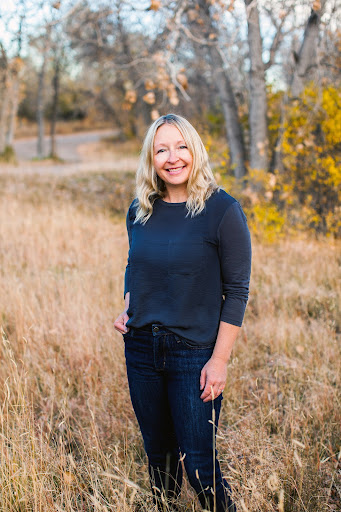 ABOUT THE AUTHOR
ABOUT THE AUTHOR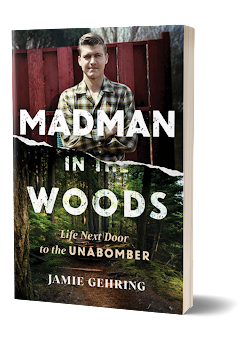 “Every time a madman commits a ghastly crime, TV reporters find that dumbfounded neighbor who swears, ‘He was such a nice boy.’ It only proves that we cannot see through the darkest windows, no matter how close we get. But Jamie Gehring’s compelling, smartly-written memoir peers through the smoky glass of memory to glimpse a complex lunatic—and her own reflection. This is a worthy addition to our canon of intimate crime stories.” —Ron Franscell, USA Today-bestselling author of The Darkest Night and Shadow Man
“Every time a madman commits a ghastly crime, TV reporters find that dumbfounded neighbor who swears, ‘He was such a nice boy.’ It only proves that we cannot see through the darkest windows, no matter how close we get. But Jamie Gehring’s compelling, smartly-written memoir peers through the smoky glass of memory to glimpse a complex lunatic—and her own reflection. This is a worthy addition to our canon of intimate crime stories.” —Ron Franscell, USA Today-bestselling author of The Darkest Night and Shadow Man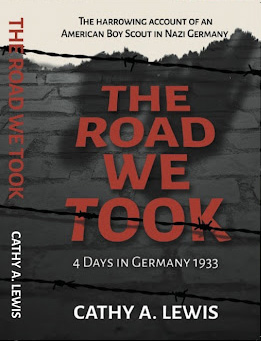 NASHVILLE, TN – Debut author Cathy A. Lewis hits the scene with a historical fiction novel that looks into Hitler’s deadly plans nine years before the start of World War II and the Holocaust.
NASHVILLE, TN – Debut author Cathy A. Lewis hits the scene with a historical fiction novel that looks into Hitler’s deadly plans nine years before the start of World War II and the Holocaust.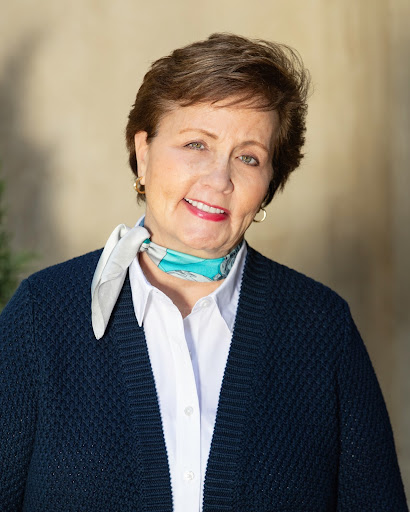 Cathy has spent over 40 years as a professional chef after graduating from the Culinary Institute of America in New York. She was the first female Executive Chef for the Servico Corporation, where she served The Philadelphia Eagles, The Philadelphia Flyers and The Philadelphia 76’ers. Over the course of her career, Cathy capitalized her creative talents as a restaurant owner and partner, conceptualizing and creating brands for three successful startup businesses, Food Works, in Pittsford, New York, The Bagel Bin in Penfield, New York, and The Nick of Thyme in Brentwood, Tennessee. It was at the Nick of Thyme that Cathy developed long standing relationships within the music industry. Her clients included Donna Summer Sudano, Naomi Judd, Wynonna Judd, numerous Christian and country music artists, world-renowned wine collectors Billy Ray Hearn and Tom Black. After the sale of her business, Cathy cooked for and traveled extensively to movie locations with actress and activist Ashley Judd and her husband, three-time Indy 500 champion Dario Franchitti. She continues to cook privately for exclusive clients and friends.
Cathy has spent over 40 years as a professional chef after graduating from the Culinary Institute of America in New York. She was the first female Executive Chef for the Servico Corporation, where she served The Philadelphia Eagles, The Philadelphia Flyers and The Philadelphia 76’ers. Over the course of her career, Cathy capitalized her creative talents as a restaurant owner and partner, conceptualizing and creating brands for three successful startup businesses, Food Works, in Pittsford, New York, The Bagel Bin in Penfield, New York, and The Nick of Thyme in Brentwood, Tennessee. It was at the Nick of Thyme that Cathy developed long standing relationships within the music industry. Her clients included Donna Summer Sudano, Naomi Judd, Wynonna Judd, numerous Christian and country music artists, world-renowned wine collectors Billy Ray Hearn and Tom Black. After the sale of her business, Cathy cooked for and traveled extensively to movie locations with actress and activist Ashley Judd and her husband, three-time Indy 500 champion Dario Franchitti. She continues to cook privately for exclusive clients and friends.
